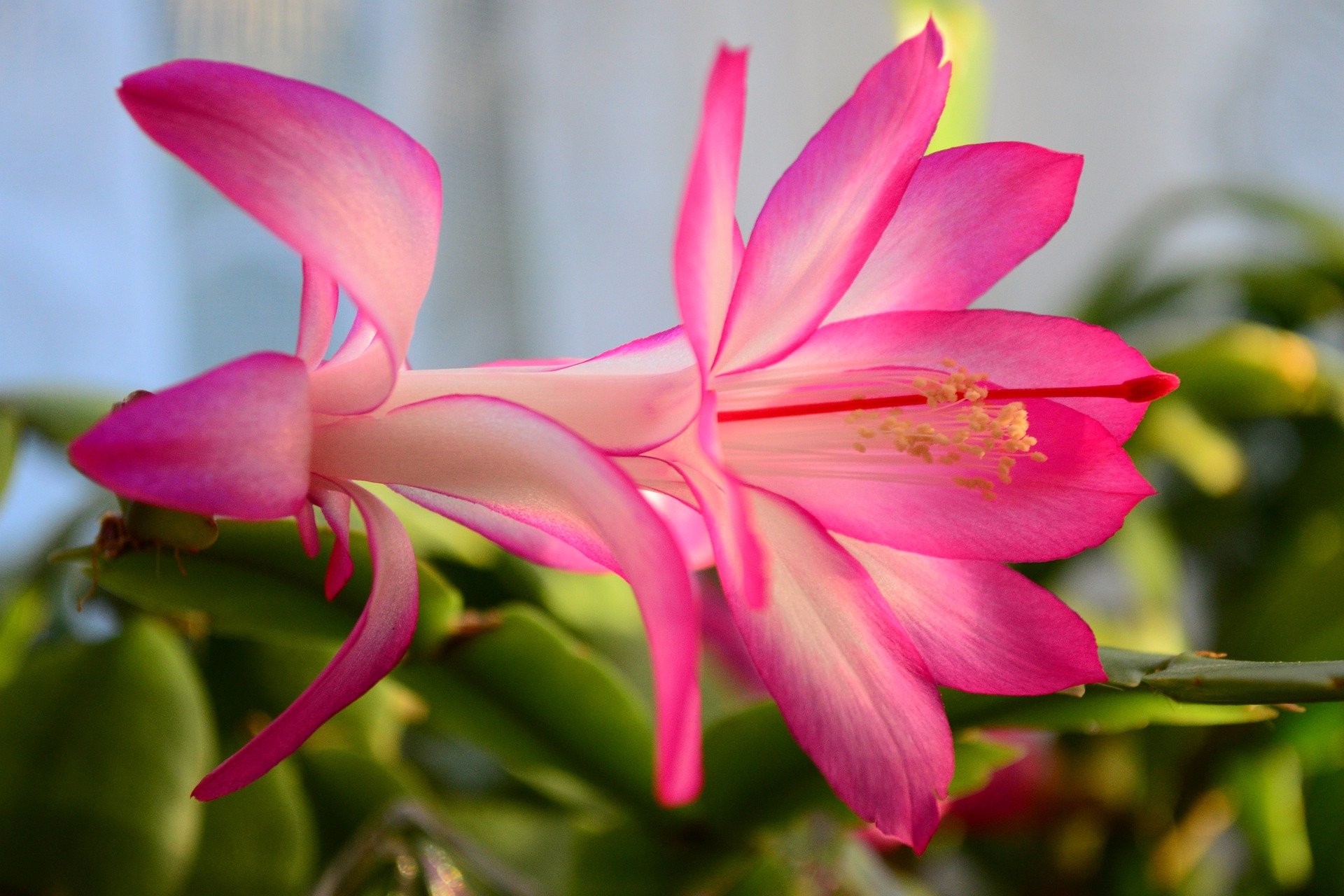What to do in the garden in June?
June is the month when your garden is at its peak of greenery and bloom. The soil is warm, plants are well-rooted, and the extended light promotes rapid, vigorous growth. This is a good month for harvesting, caring for plants, controlling pests, and general garden maintenance. Here's how to care for your garden in June to keep it beautiful and productive all summer long.
Harvesting the first crops from the vegetable garden
June is often synonymous with the first harvests. Lettuces, radishes, spinach and peas, sown in the spring, are ready to be picked. Early potatoes can also be harvested. Strawberry plants, meanwhile, offer their first strawberries, and rhubarb plants are also ready for picking. To prolong production, it is recommended to harvest regularly and sow new crops, such as lettuce and radishes, in order to maintain a rotation in the vegetable garden. Summer vegetables, such as zucchini, tomatoes and peppers, begin to produce their first fruits towards the end of the month, especially in warmer regions. These early harvests reward the efforts of spring and mark the beginning of the season of full abundance.
Sowing and transplanting to prolong production
In June, it is still possible to sow vegetables to extend the harvest until autumn. Carrots, beets, cabbages, green beans and squash can be sown directly in the ground. Gardeners who want to obtain a continuous production of salads and aromatic herbs can sow new plants every two weeks to ensure regular harvests. Plants started indoors in early spring can also be transplanted to replace the harvested crops. Basil, for example, can be planted in the ground or in pots on the terrace, where it will grow well with the sun and the heat of summer.
Mulching and watering: retaining moisture
Mulching is essential in June to maintain soil moisture and limit watering. A layer of mulch around plants helps keep the soil cool and prevents weeds from growing. Organic materials such as straw, dead leaves, or wood chips are particularly effective for mulching and decompose slowly, enriching the soil. Watering should be regular, especially in hot weather. It is best to water early in the morning or late in the evening to prevent the water from evaporating too quickly. Potted plants, in particular, require special attention because they dry out more quickly. By focusing on watering at the base of the plants, we also limit leaf diseases and the risk of burning.
Maintaining flowers and shrubs
In June, summer flowers are in full bloom. To prolong flowering and stimulate new growth, it is advisable to regularly cut back the faded flowers of roses, geraniums, dahlias and other flowering plants. This light pruning helps the plants channel their energy into new flowers. Spring-flowering shrubs, such as lilacs and mock oranges, can be pruned after flowering to stimulate new branch growth. For hedges, light pruning helps maintain a harmonious shape and good density.
Protect against pests and diseases
With heat and humidity, some pests, such as aphids, slugs and caterpillars, proliferate and can attack young shoots. It is important to monitor plants closely to detect any infestation. Natural methods, such as plant purines (nettle or horsetail purines), can be used to combat aphids while strengthening the plants' natural defenses. Slugs, which attack vegetables and flowers, can be kept at bay with barriers of ash or crushed eggshells around the plants. To prevent diseases, it is useful to aerate crops by spacing the plants well and avoiding wetting the leaves when watering.
Taking care of the lawn
The lawn experiences rapid growth in June, and mowing becomes more frequent. It is advisable not to cut the grass too short to prevent it from drying out too quickly in the sun. After each mowing, moderate watering helps maintain a beautiful green color and preserve the freshness of the lawn. In case of drought, it is preferable to limit mowing to preserve soil moisture. Gardeners can also consider scarifying the lawn to remove accumulated thatch and mowing residue. This operation aerates the soil and allows the roots to better capture water and nutrients.
Planting Flowers for Fall
To anticipate a beautiful fall bloom, June is the ideal month to plant some late flowers like chrysanthemums, asters and Japanese anemones. These plants will bring color and volume to the garden in the fall, when the other blooms are finished.
June is one of the most intense and rewarding months for gardeners, as spring efforts bear fruit and the garden reaches full splendor. Between harvesting, sowing, maintenance and pest management, every action counts to prolong the beauty and productivity of the garden. With regular maintenance and appropriate care, the garden will flourish throughout the summer, offering a space for relaxation, color, and delicacies to savor.
Naturally, our team remains at your disposal to provide you with advice and tips for all your plants.
Contact our plant experts by phone
Contact our plant experts by email

















